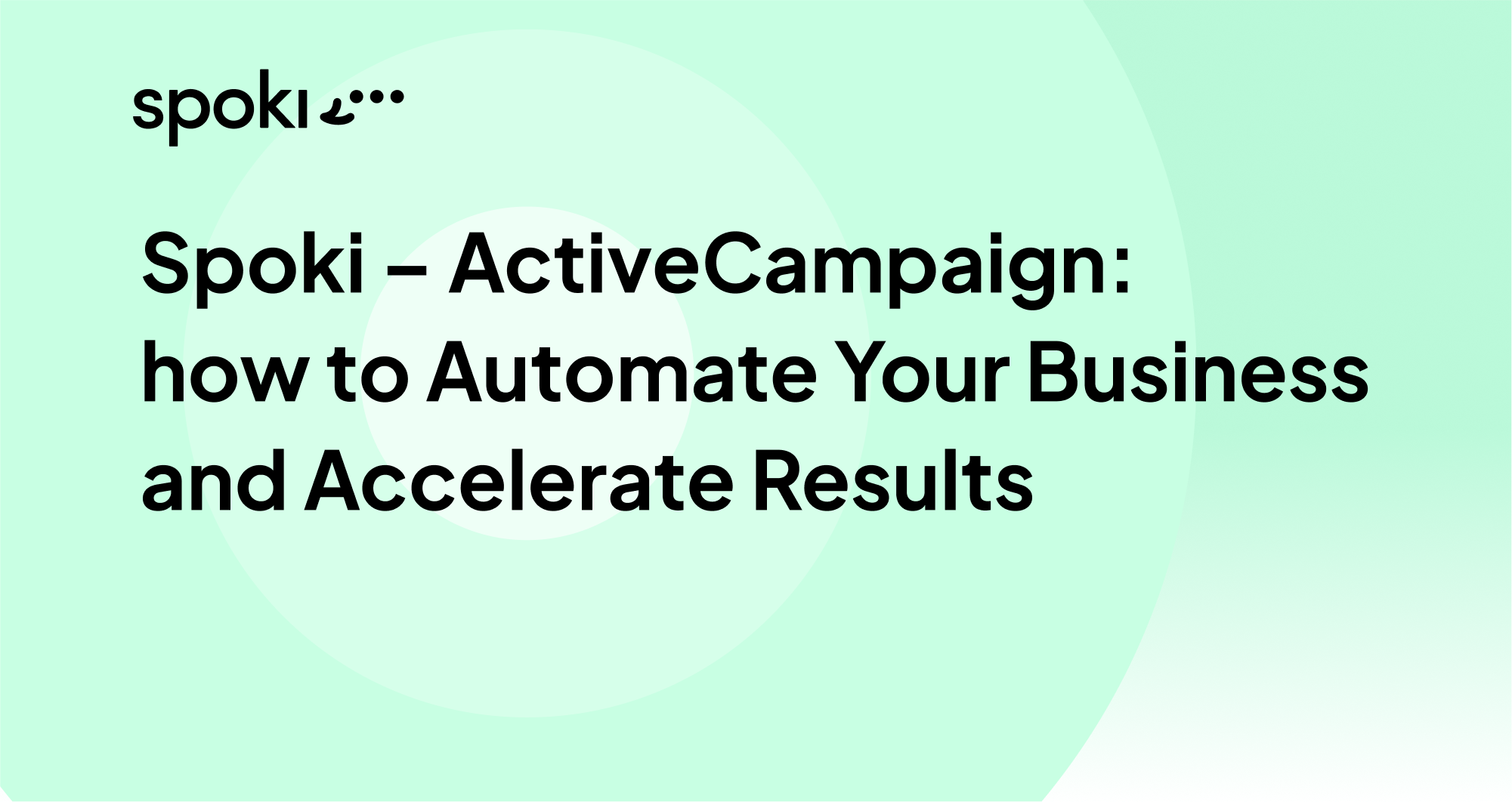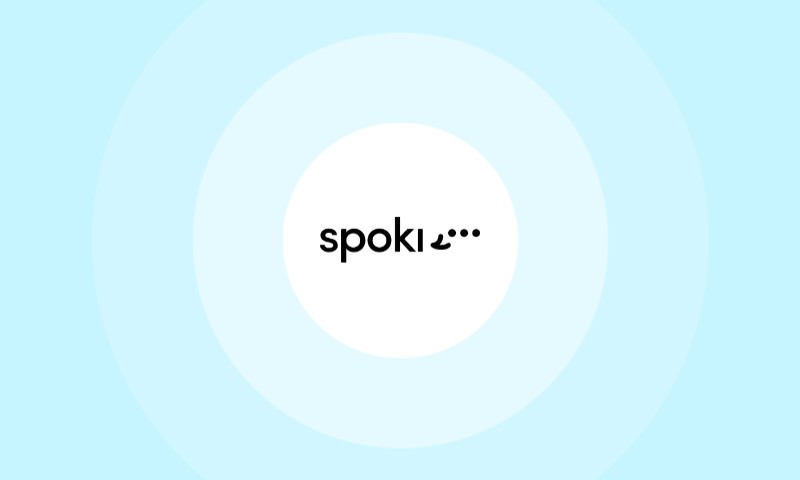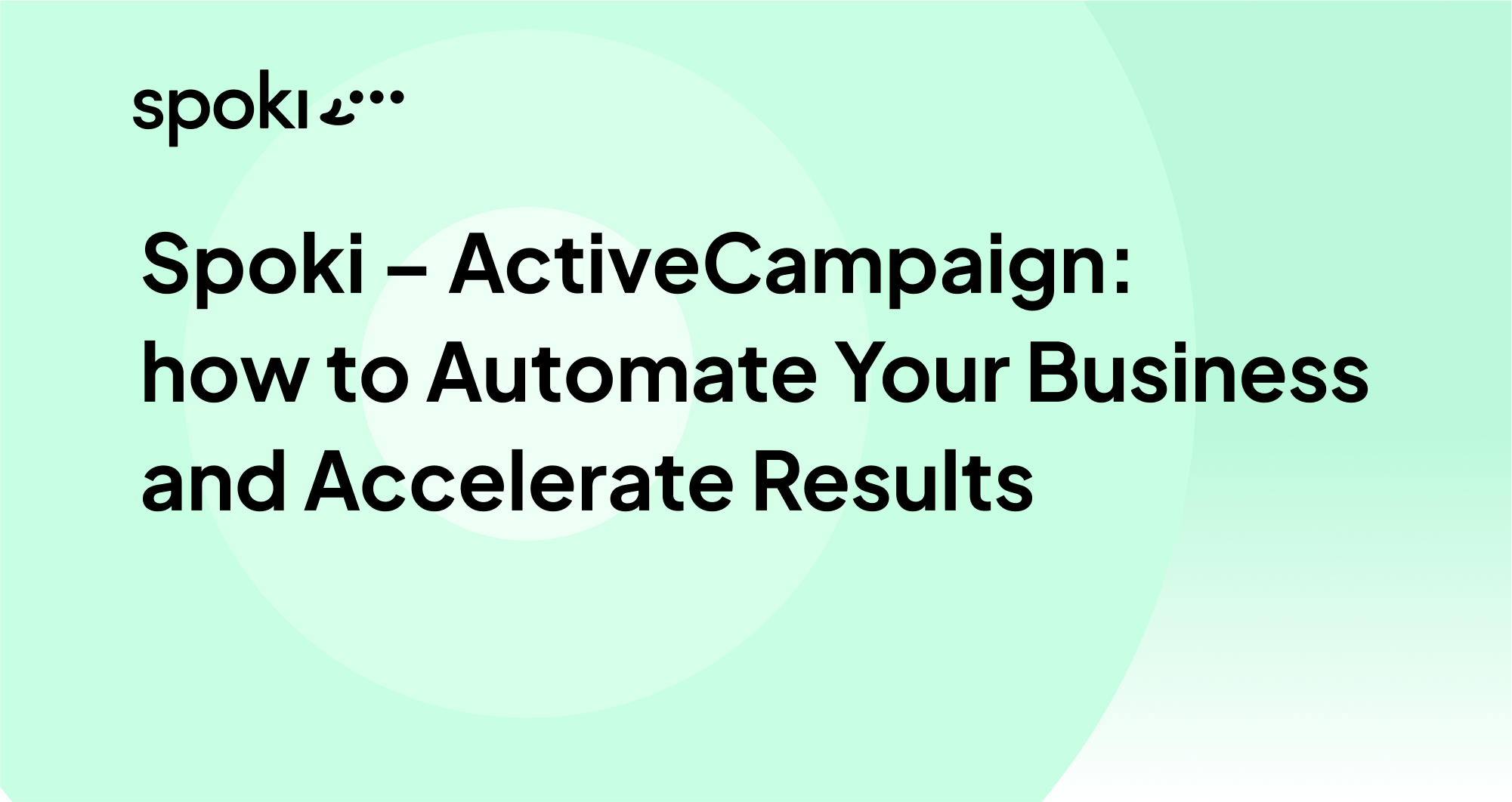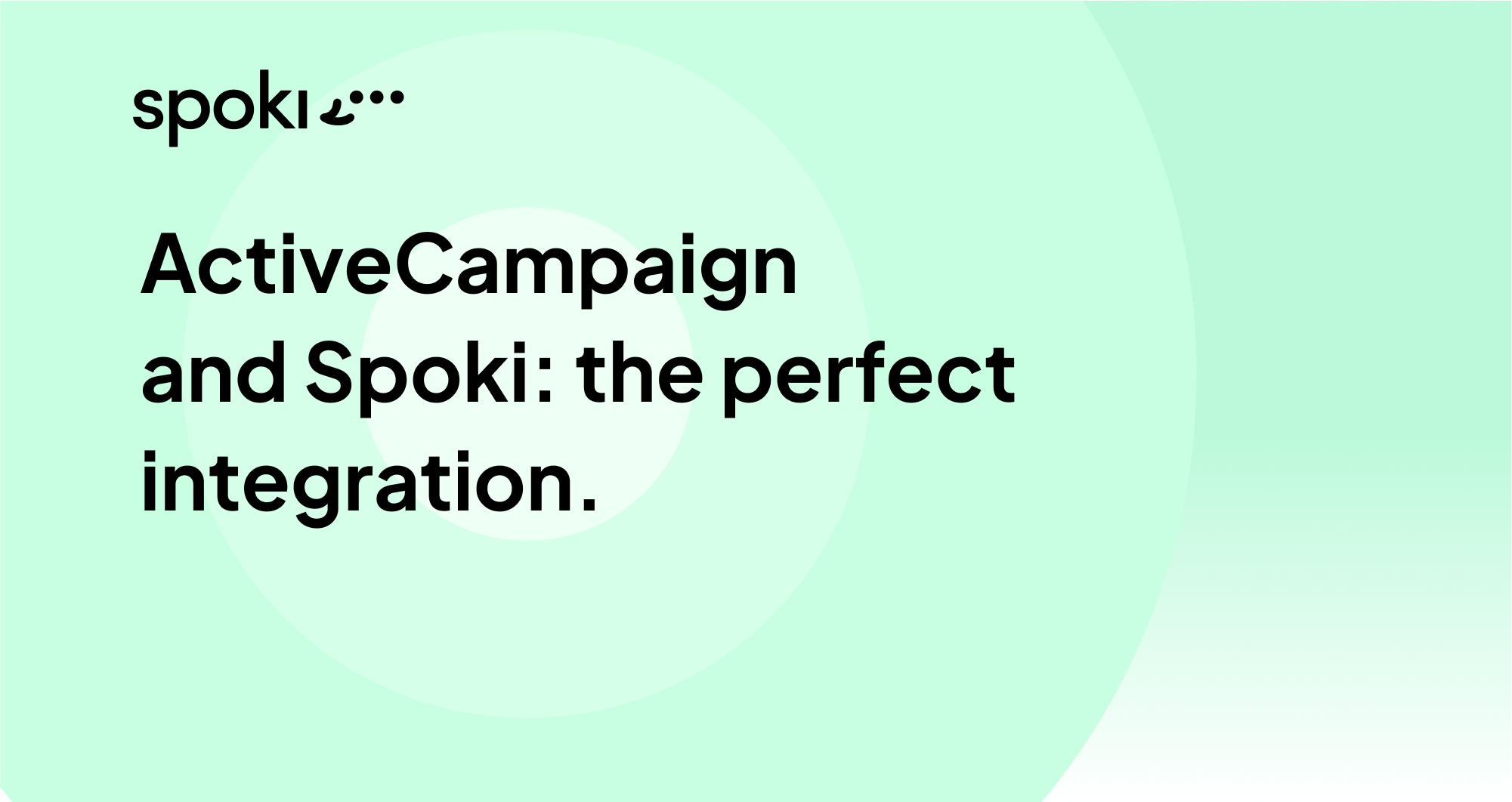Since 2018, it has been possible for medium to large companies to interact with their customers through WhatsApp thanks to the use of the official APIs released by WhatsApp. We at Spoki have built a platform that allows for user interaction, integration with automation systems and the ability to create and activate autonomous automations within the platform, thus enabling automatic dialogue with the user.
Customer Journey and WhatsApp
Overview Topics
- Foreword
- Pre-purchase: capturing information
- Purchase: how to make the customer experience
- Post-purchase
- The benefits of the customer journey
The average user, every day, browses images, information, data and videos. Never has there been so much information since human history. This perennial exposure to content inexorably reduces the user’s attention, who reserves it for the few pieces of content that are relevant to him.
Today, for information to be relevant, it must be tied to context, to the moment in the customer journey that the user experiences, and above all, it must be personalized.
This new need for timeliness is driving many companies to look for new ways and new tools to make communications with customers faster, more personal and more contextualized. One of the most widely used channels is definitely WhatsApp, which not only records much higher message open rates than digital channels but also proves to be an extremely high-performing tool at all stages of the customer Journey. On WhatsApp it is possible to create, through special tools such as Spoki (a platform that uses the official WhatsApp Business API) real automations that follow the user through all stages of purchase, providing him with relevant information according to the moment.
Let’s look at some examples.
Pre-purchase: Information acquisition
This is one of the most delicate stages of the process. Here the user browsing the site is looking for information detected about the product/service or company. He/she may need detailed information that is missing within the page, or need assistance. At this time, it is critical to be timely in your responses. If a user does not receive the required information immediately, he or she tends to abandon the page.
With Spoki, it is possible to insert on one or more pages of the site, a button that allows the initiation of One-to-One communication between the user and the company.
By clicking on the button, the user initiates a conversation that can be either free (i.e., followed by a customer care operator) or conveyed by automation.
This integration enables customer care to answer user questions quickly, directly, and in a strictly personal manner, thus encouraging purchase.
Purchasing: how to make a user experience
During the purchase phase, it is crucial that all key information such as cost, payment method, and delivery time are specified within the purchase page. But what happens if, for example, any of this information is not specified?
The user abandons the page.
In this case, the Spoki button allows the user to initiate a conversation with the company, thus reducing the abandonment rate.
But that’s not all: automation can be scheduled to remind the user that the chosen product is still in the cart, via a WhatsApp message to their phone number, thus encouraging them to continue with the purchase.
Post purchase
After the purchase is completed, it is possible to send with Spoki the successful purchase information to the customer’s personal number.
At this stage, the user usually receives transactional e-mails updating him on the purchase and order status. This is information that the user expects to receive and has a very high open rate. This information reassures the user and keeps the user updated until the time of delivery.
The use of WhatsApp automations at this stage could be very relevant. Assume a customer is not at the location where the delivery is scheduled. Through automations, Spoki is able to notify the user instantly of the arrival of the order. In case of cash on delivery payment, receiving the message about the imminent arrival of the courier reminds and prepares the customer for delivery.
Automatic WhatsApp can also be used to build user loyalty or answer other post-purchase customer questions. A message can be sent three days after delivery to remind the user to send a review, or send a questionnaire to find out the user’s feedback post product use, and more.
The benefits of integrating WhatsApp into the customer journey
As we mentioned earlier, using WhatsApp to follow customers through the different stages of purchase can prove to be a winning move.
As the Global Digital 2021 study compiled by We Are Social shows, users are increasingly connected and use their smartphones to access Internet services. They expect to communicate with businesses quickly and informally, but most importantly they do via smartphone.
Integrating Spoki, which uses WhatsApp’s official API, would help break down the distance with customers even further and increase satisfaction.
Another plus point is the reliability of WhatsApp as it protects chat information, documents, photos, and everything shared by the user is protected according to the application’s end-to-end encryption system.





